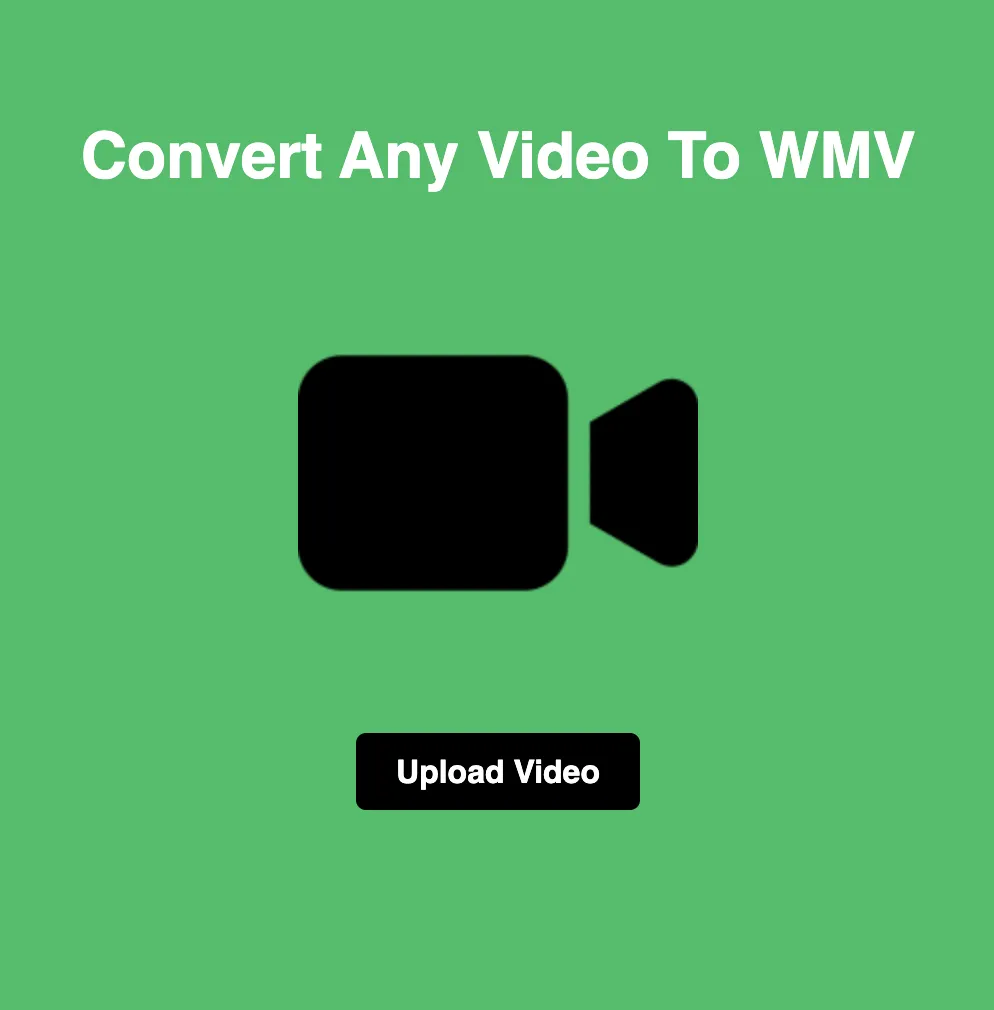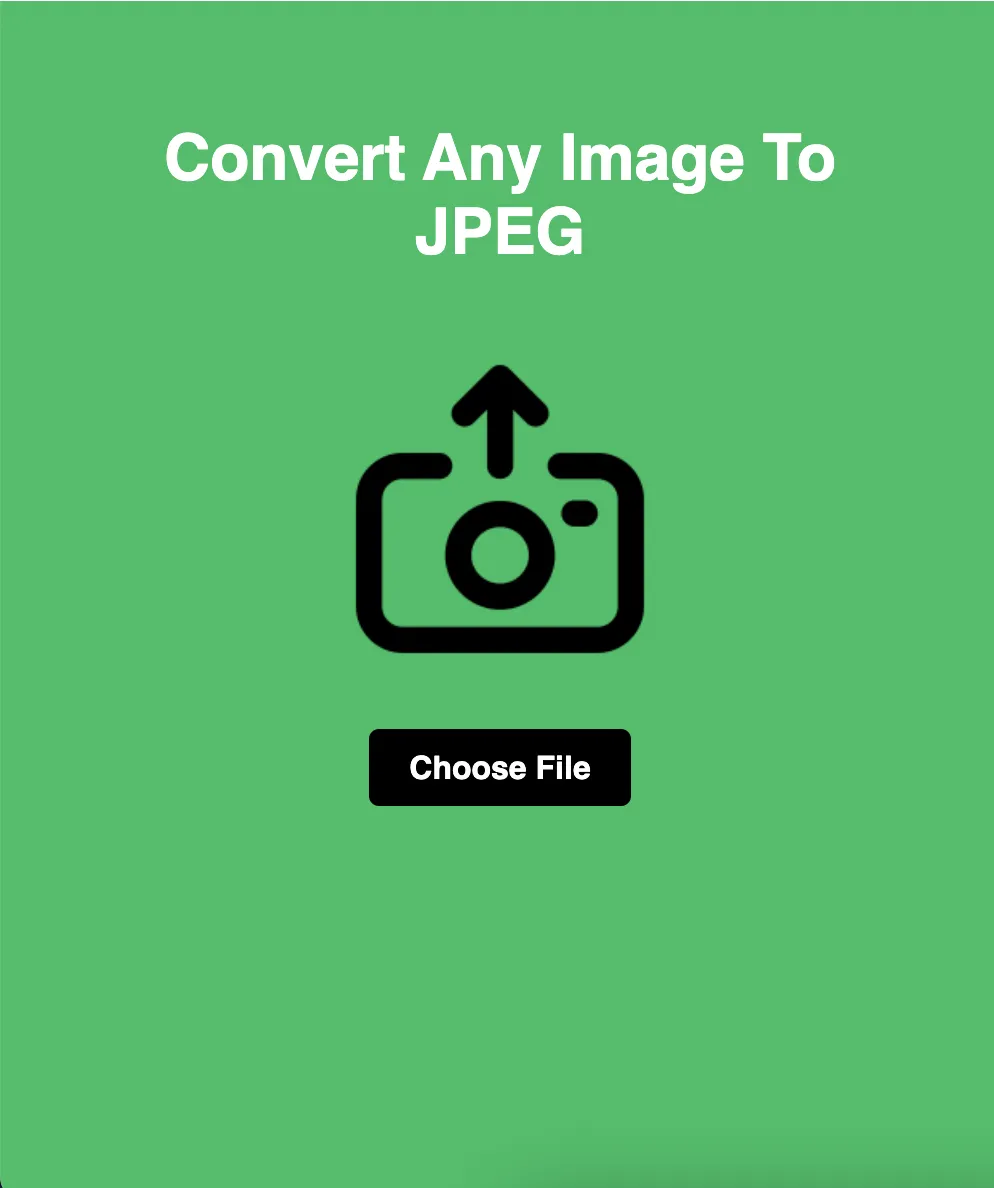
Convert Any Video to WMV Format with Loopytools
WMV (Windows Media Video) is a widely recognized format known for its compatibility with Windows-based devices and applications. With Loopytools, converting any video to WMV format is a simple and efficient process. In this guide, we'll explore how to effortlessly convert videos with just a few clicks using Loopytools.
Streamlined Conversion Process:
Loopytools streamlines the video conversion process, making it accessible to users of all levels. Here's a step-by-step overview:
Upload Your Video:
Start by accessing the Loopytools website and navigating to the video conversion tool. Click the upload button to select the video file you wish to convert to WMV format. Alternatively, drag and drop the file onto the website for quick uploading.
Automatic Conversion:
Once the video is uploaded, Loopytools automatically initiates the conversion process. The tool efficiently converts the video to WMV format in the background, without requiring any manual intervention from the user.
Automatic Download:
Upon completion of the conversion process, Loopytools provides a download link for the converted WMV file. Simply click on the download link, and the WMV file will be promptly saved to your device for easy access.
Benefits of Using Loopytools for WMV Conversion:
Loopytools offers several advantages for converting videos to WMV format:
Compatibility:
WMV format is widely supported by Windows-based devices and applications, ensuring seamless playback and sharing across platforms.
Time Efficiency:
Loopytools saves users valuable time and effort with its automated conversion process. You can convert multiple videos to WMV format quickly and efficiently.
User-Friendly Interface:
Loopytools features an intuitive interface that makes video conversion accessible to users of all skill levels. Whether you're a novice or an experienced user, you'll find the tool easy to navigate and use.
Automatic Download:
Forget about waiting for the conversion process to complete – Loopytools automatically downloads the converted WMV file once it's ready. You can continue with your tasks without any delays.
Conclusion:
In conclusion, Loopytools provides a convenient and efficient solution for converting videos to WMV format. Whether you're a professional videographer, content creator, or casual user, Loopytools simplifies the conversion process, ensuring compatibility and convenience. Give Loopytools a try today and experience the ease of video conversion firsthand!






